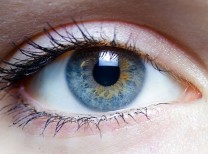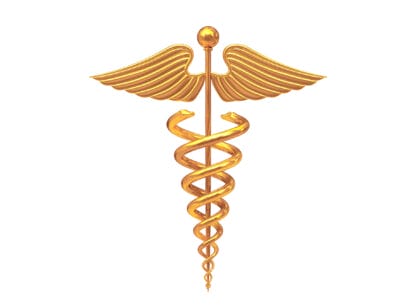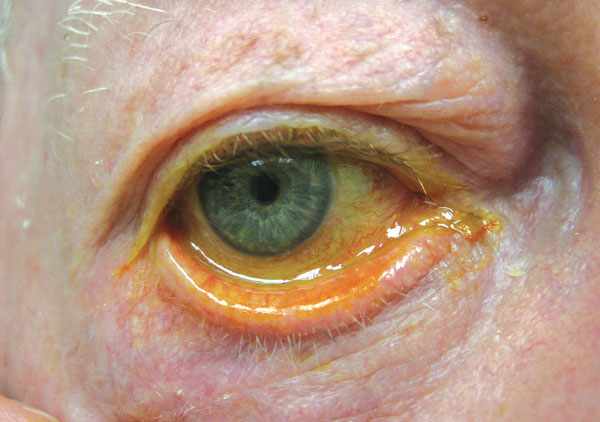 Eye doctors are now on the look out for sleep apnea in patients with normal-tension glaucoma. Normal-tension glaucoma is the diagnosis in 1 out of 3 new glaucoma patients. Early diagnostic tests such as ocular coherence tomography and frequency doubling visual fields have helped increase early diagnosis of normal-tension glaucoma.
Eye doctors are now on the look out for sleep apnea in patients with normal-tension glaucoma. Normal-tension glaucoma is the diagnosis in 1 out of 3 new glaucoma patients. Early diagnostic tests such as ocular coherence tomography and frequency doubling visual fields have helped increase early diagnosis of normal-tension glaucoma.
In patients with sleep apnea, the drop in blood oxygenation and perfusion during sleep is thought to contribute to additional optic nerve damage. If the appearance of the optic nerve indicates glaucoma, and/or if the patient has hypertension and/or admits to excessive daytime sleepiness, I often recommend that a sleep study be conducted.
According to the Center for Disease Control (CDC), 60% of American adults over 60 have hypertension or pre-hypertension, and an even higher number are overweight. Most startling — the CDC reports that 36% of Americans are obese.
Being overweight is proven to contribute to sleep apnea. Sleep apnea patients have a higher incidence of a collagen abnormality in the eyelid called floppy eyelid syndrome (FES). The decreased oxygen intake during sleep in sleep apnea patients is thought to lead to decreased tissue elasticity. FES is commonly associated with obesity and most patients with sleep apnea are overweight.
Sleep apnea patients commonly have another eye condition called keratoconus. It is also a collagen dysfunction corneal condition. In a recent study of keratoconus patients who had no prior diagnosis of sleep apnea, 47% were determined to be at high risk for development of this.
For patients with both sleep apnea and normal-tension glaucoma, a more aggressive monitoring of their glaucoma is highly recommended.
Dr. Evans is the founding owner of Evans Eye Care in Palm Desert and can be reached at 760.674.8806.













































Comments (0)